Nim Li Punit, meaning "big hat" in Mayan, was only discovered in 1976. This site has been classified as strictly a Late Classic period site. Situated along the top of a ridge in the foothills of the Mayan Mountains, the site has a commanding view of the coastal plains of the Toledo district.
Nim Li Punit lacks the architectural wonder of other Mayan sites, but is special for a number of reasons. First, the buildings are constructed of dry masonry sandstone as opposed to the mortar and limestone used in other areas. Second is the large number of stelae found at this site. Twenty five stelae, eight of which are carved, were discovered here. The center of the site consists of three main plazas, including a ball court. The largest structure stands 40 ft. above the plaza level. A second structure is only ten feet high, but is two hundred feet long. The south group is the most impressive and most of the stelae were found here. One stela has an individual carved with a huge headdress. This is where the site gets its name. Another stela was found to be over fifty feet long.
Nim Li Punit is important because apart from architectural structures, probably the most important Mayan art form was the stela. These were stone slabs or pillars set within the ceremonial centers of cities. They were more often then not free standing art works often paired with an altar.
Hieroglyphic inscriptions are often found on the back and sides of stelae, while the front face is decorated in low relief with a single standing figure or a scene involving two or more figures. These carvings are now known to depict some aspect of the life of the ruler to whom the stela was constructed.
On one stela at Nim Li Punit, a ruler scatters copal incense into a flaming brazier, and is flanked by his wife and a young man, possibly his son or successor. Copal is a local product common to Southern Belize. This incense was thought to be used by rulers to communicate with the gods.
Archaeological work did not begin at Nim Li Punit until 1983. A royal tomb was discovered in 1986 which yielded 36 pottery vessels and many other artifacts. Much more work needs to be done.

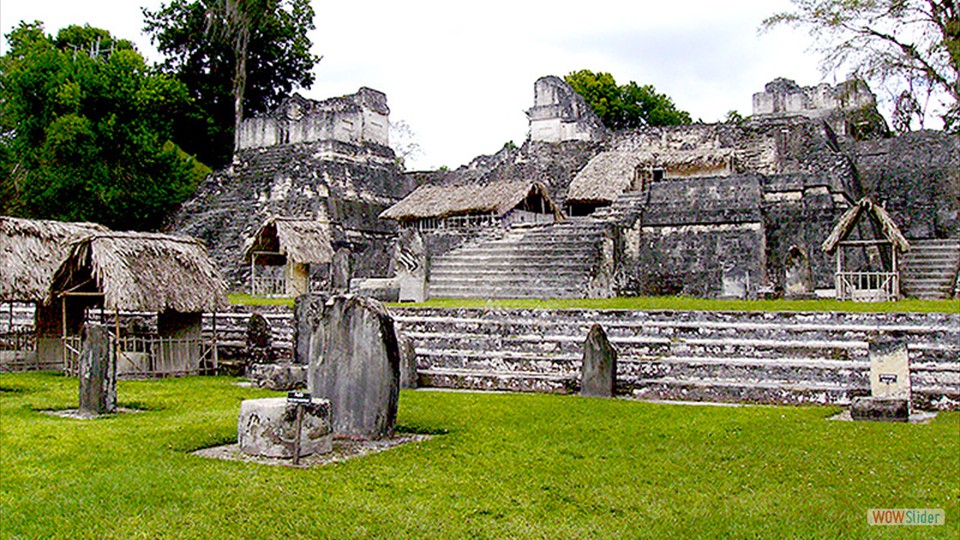
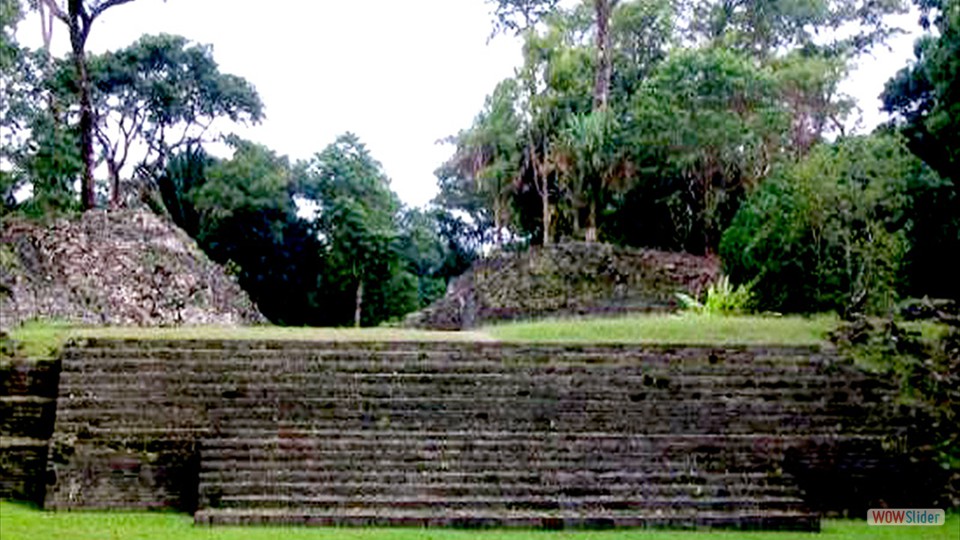
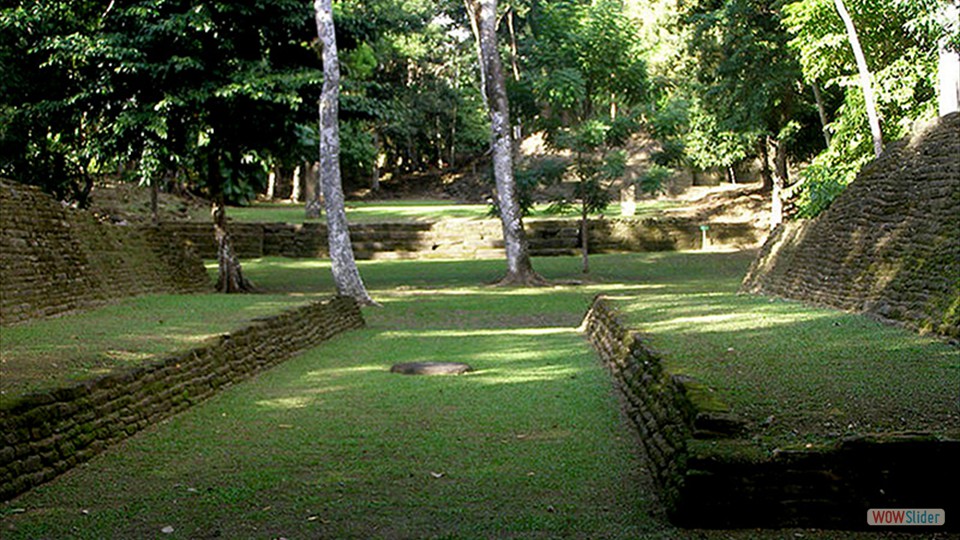

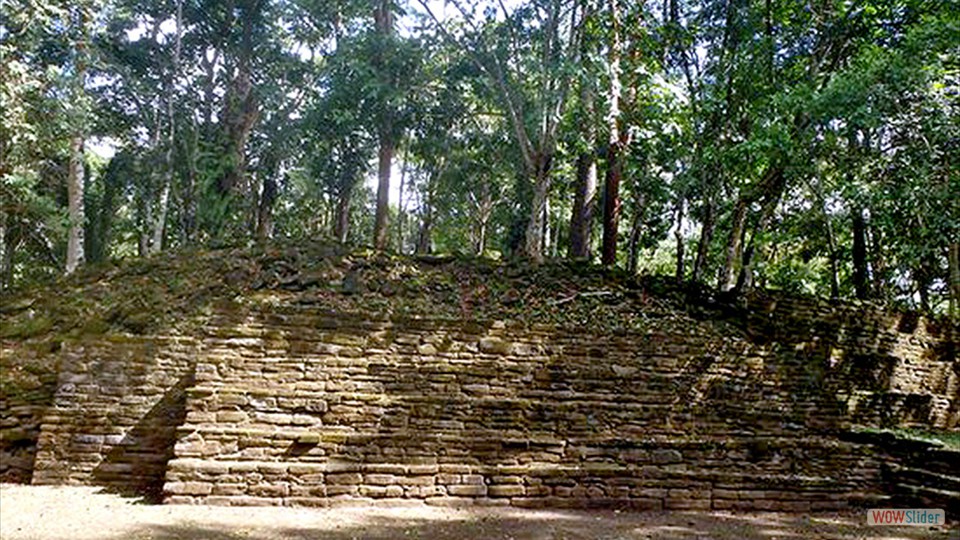
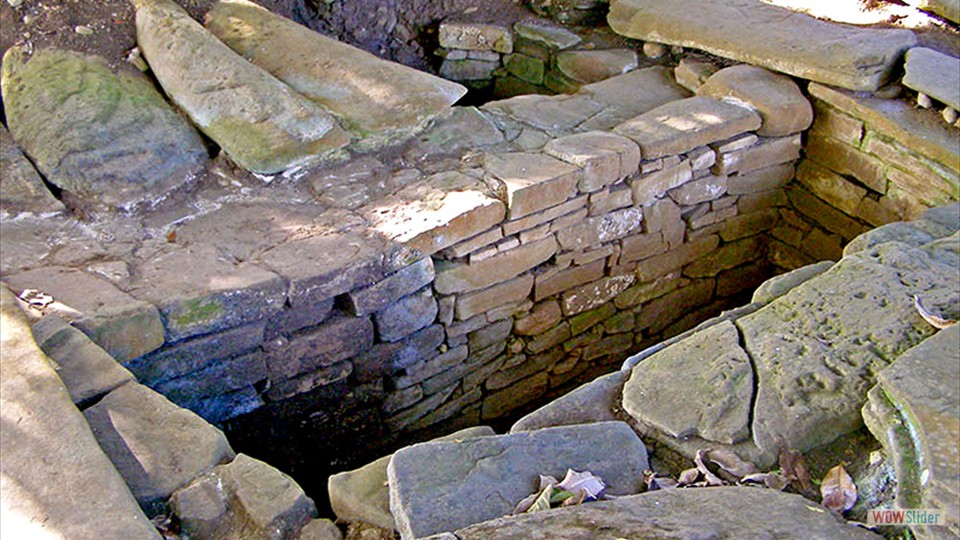
 1
1 2
2 3
3 4
4 5
5 6
6